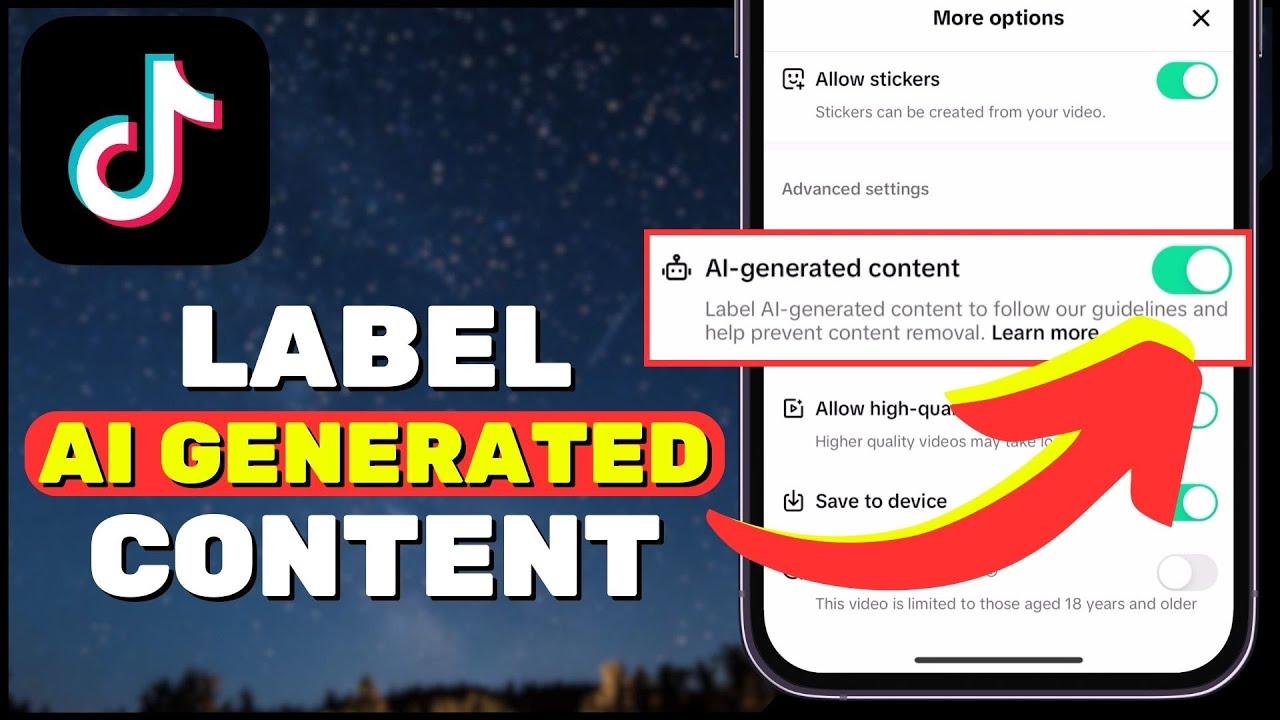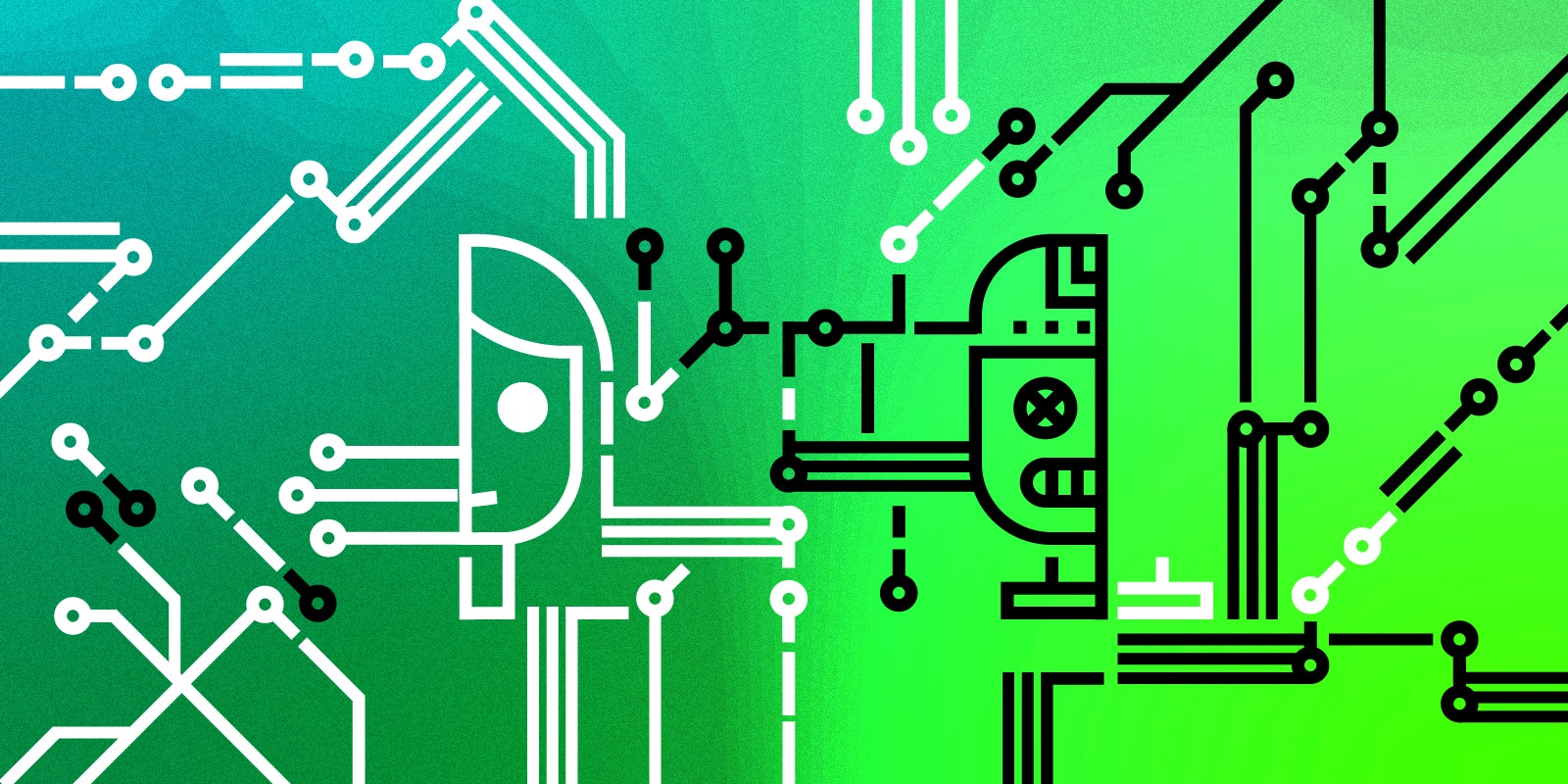
TikTok Takes a Step Towards Transparency with AI-Generated Content Labeling
In a move to combat misinformation, TikTok has announced that it will begin labeling content created using artificial intelligence when uploaded from outside its own platform. This shift in policy is part of a broader attempt in the technology industry to provide more safeguards for AI usage.
The Rise of AI-Generated Content
Artificial intelligence has enabled incredible creative opportunities, but it can also confuse or mislead viewers if they don’t know that the content was AI-generated. Labeling helps make that context clear, which is why TikTok has been labeling AI-generated content made with its own AI effects and has required creators to label realistic AI-generated content for over a year.
Industry-Wide Efforts
TikTok is not alone in its efforts to provide more transparency around AI-generated content. Meta has announced that it is working with industry partners on technical standards that will make it easier to identify images and eventually video and audio generated by artificial intelligence tools. Users on Facebook and Instagram will see labels on AI-generated images. Google has also stated that AI labels are coming to YouTube and its other platforms.
Digital Watermarking and Labeling
TikTok is teaming up with the Coalition for Content Provenance and Authenticity and will use their Content Credentials technology. This technology can attach metadata to content, which can be used to instantly recognize and label AI-generated content. TikTok began deploying the technology on images and videos on Thursday and will be coming to audio-only content soon.
“Using Content Credentials as a way to identify and convey synthetic media to audiences directly is a meaningful step towards AI transparency, even more so than typical watermarking techniques.” - Claire Leibowicz, head of the AI and Media Integrity Program at the Partnership on AI
A Step Towards Transparency
TikTok’s policy in the past has been to encourage users to label content that has been generated or significantly edited by AI. It also requires users to label all AI-generated content where it contains realistic images, audio, and video.
“Our users and our creators are so excited about AI and what it can do for their creativity and their ability to connect with audiences. And at the same time, we want to make sure that people have that ability to understand what fact is and what is fiction.” - Adam Presser, TikTok’s Head of Operations & Trust and Safety
 TikTok’s new labeling policy aims to provide more transparency around AI-generated content
TikTok’s new labeling policy aims to provide more transparency around AI-generated content
 Digital watermarking and labeling are becoming increasingly important in the fight against misinformation
Digital watermarking and labeling are becoming increasingly important in the fight against misinformation
 AI-generated images are becoming increasingly realistic, making it harder to distinguish between real and fake
AI-generated images are becoming increasingly realistic, making it harder to distinguish between real and fake














